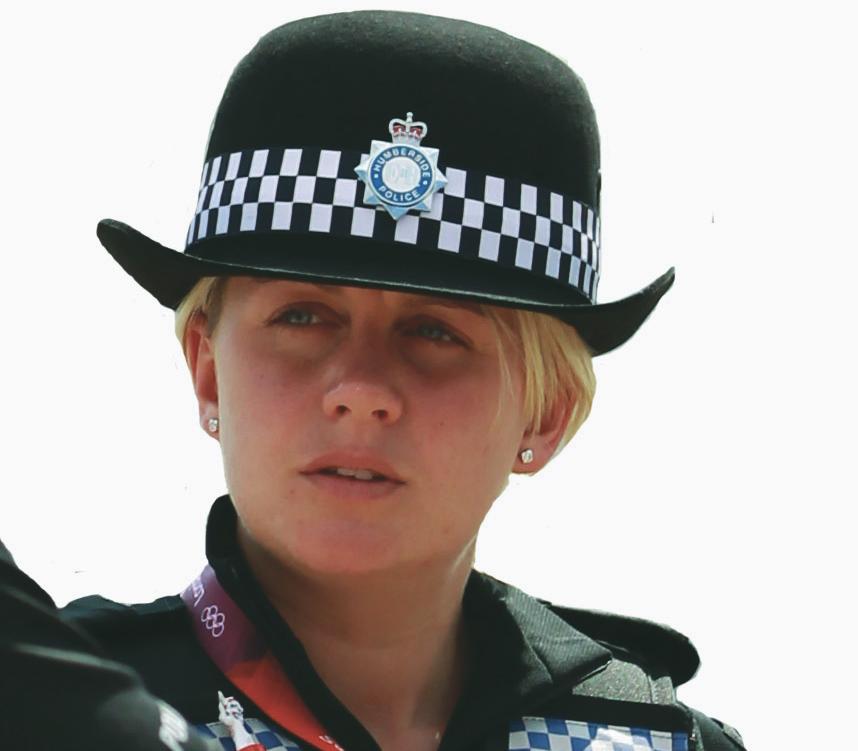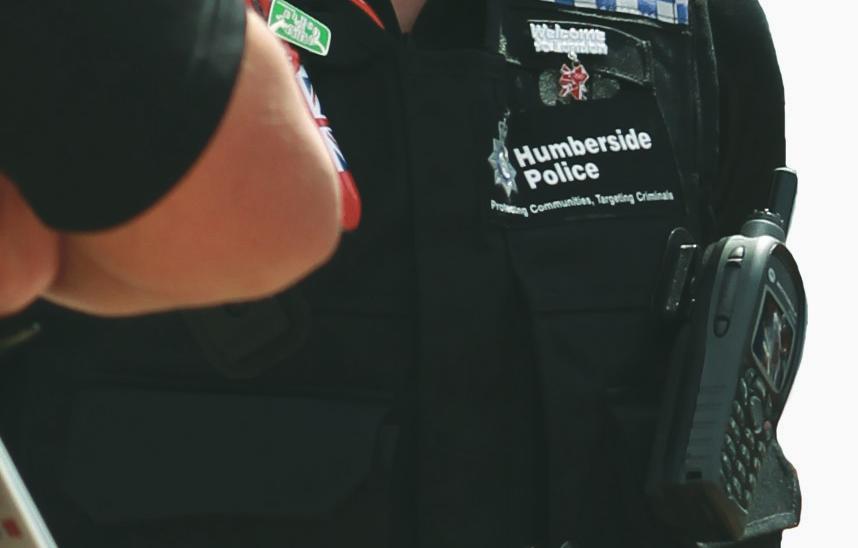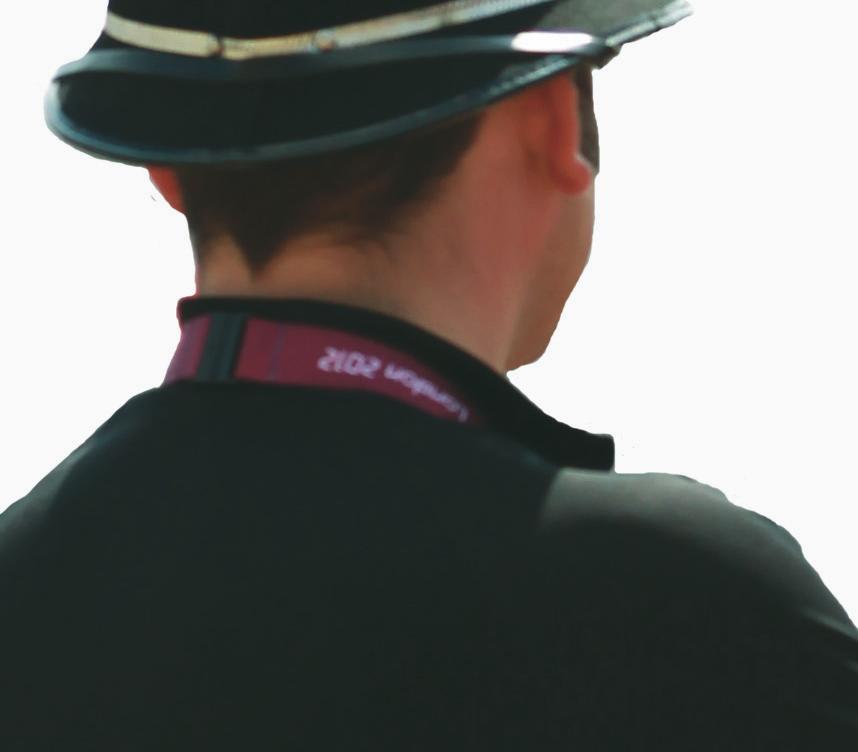This is a SEO version of i Cover_REACH5.indd. Click here to view full version
« Previous Page Table of Contents Next Page »Conclusions include:
» Mobile devices: smartphones, tablets and electronic devices will play an increasingly important role in allowing of cers to record data and look up information while out in the community
» Wireless networks: new ways of using technology such as augmented reality will rely on being able to send very large volumes of data on 4G networks
» Sensor networks: could be used by Police forces for operations ranging from the monitoring of public spaces to covert tracking
» Social media: will be an increasingly signi cant tool in helping people to connect with their local forces, and analysis of social media use could also provide a rich source of intelligence
» Big data: the challenge lies in capturing, identifying and systematically storing data so that it can be used effectively
» Interoperation: greater collaborative working and data sharing within Police forces and with different public service agencies will help to give a more ef cient and streamlined service
» Innovation: there is a culture of ICT innovation, not least from many of the UK’s small and medium-sized enterprises (SMEs)
A
new report has been published that explores the changing nature of policing. Commissioned by Airwave but researched and written by independent consultancy AIMtech, the report is entitled “The Future of the Force: Police, Technology and Serving the Public”.
The key ndings of the report are drawn from a national survey completed by more than half of all UK Police forces, and interviews with senior Police of cers, government of cials and chief technology of cers of companies supporting the Police service. The aim of the report was fourfold: to provide expert commentary on key ICT development areas, trends









The report predicts growing diversity of data sources and mobile working devices, highlighting the need to lter information, with new technology assisting in the ‘more for less’ agenda and greater ef ciency within forces. Airwave’s primary requirement was to take a wider set of technologies into account. There is a lot of knowledge in the market about what is available now and what will or may be available in the future. The report was commissioned in order to tie this knowledge together, based on the viewpoints of those who actually manage the technology that the Police use today.
The report was launched at the House of Commons, Sir Paul Beresford C y r s d e s o r A
A Force for the Future
eport is based on the viewpoints of those who actually manage the technology he Police use today. (Image: Getty)
This is a SEO version of i Cover_REACH5.indd. Click here to view full version
« Previous Page Table of Contents Next Page »